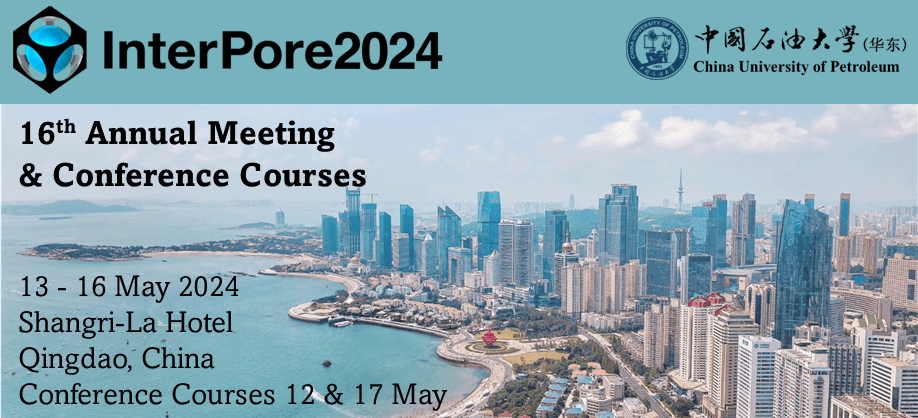Speaker
Description
The SF reservoir in China is a naturally fractured but low permeability carbonate gas reservoir with average porosity and permeability about 4.3% and 3.7mD, respectively. Macro- and micro-fracture as well as large vuggy pore all developed in the reservoir making it quite heterogeneous. This reservoir has been converted to underground gas storage (UGS) after 25 years depleted production with the initial gas-water contact (GWC) rise of nearly 200m. Gas injection commenced in 2014.
It has long been observed that history matching of UGS dynamics is much poor even for many weak water-drive sandstone reservoirs in China. Naturally, simulation prediction will be unreliable. To accurately quantify the actual deliverability capacity of the more complex SF UGS, a series of 5 cycles gas/water successive drainage and imbibition relative permeability and high rate injection/withdrawal physical simulations under realistic reservoir conditions were performed to better understand UGS dynamics behavior in the fractured reservoir and improve history matching quality. Then, a dual porosity simulation model was constructed and modified to determine the actual capacity of the SF UGS.
The simulation model achieves a good match of the historical reservoir pressure and production of gas, oil and water during past production through modifications of local matrix and fracture permeability, aquifer strength and well Productivity Indices (PI). However, history matching of the three years UGS operations is significantly poor. In fact, laboratory tests indicate that gas-water relative permeability exhibits significant hysteresis in tight matrix and micro-fractured samples. Particularly, irreducible water and residual gas saturation steadily increase, respectively, 2.8% and 25% in the matrix samples after 5 cycles’ successive drainage and imbibition process suggesting the effective pore volume will significantly decline in the thick transition zone. It was also found that nearly 18% of the gas-filled pore volume cannot be utilized during the high rate withdrawal while it was effective in the primary depletion. According to the above experiments, hysteresis was considered by cycle-dependent relative permeabilities and repeated model restart. Deterioration of the effective pore volume was implemented through introducing heterogeneous matrix-fracture interaction coefficients based on integrated studies of fractures distribution and heterogeneous permeability. A better well static pressure and water production were then obtained while keeping the good history matching of the previous depletion.
Simulation prediction suggests that the maximum working gas volume may slightly less than 1.2bcm previously designed using reservoir engineering method and the deliverability is about 12 million cubic meters per day. Pressure sink and water coning are the two key factors limiting the UGS performance. This study reveals that reservoir simulation combined with physical simulations can better understanding reservoir dynamics and then give a more accurate prediction.
| Country | China |
|---|---|
| Conference Proceedings | I am interested in having my paper published in the proceedings. |
| Porous Media & Biology Focused Abstracts | This abstract is related to Porous Media & Biology |
| Acceptance of the Terms & Conditions | Click here to agree |




.jpg)
